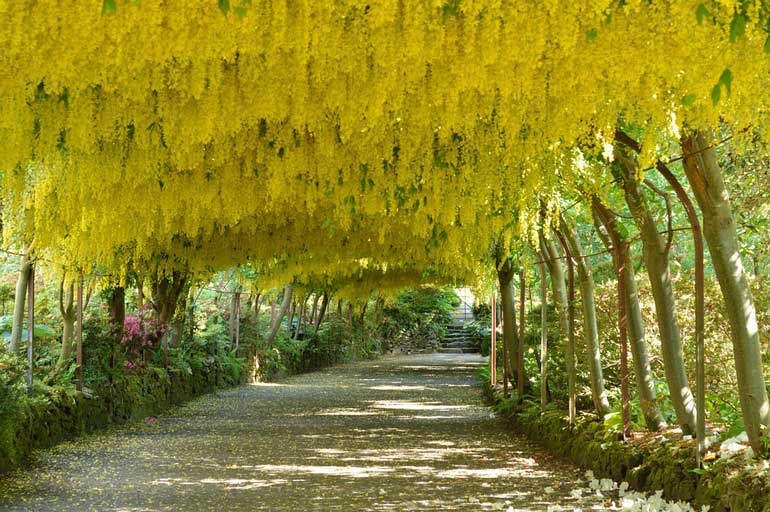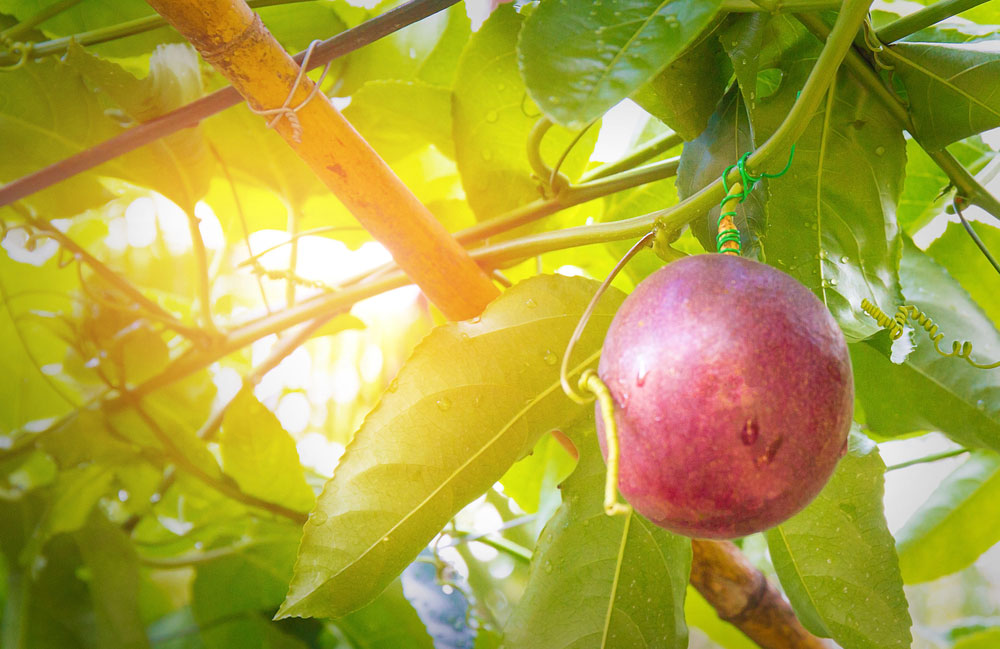Grow stunning climbers

To give your garden an injection of beautiful flowers, foliage and fragrance this spring, consider installing some climbing plants.
Climbers are spectacularly showy but surprisingly low maintenance, and provide a simple landscape solution to a range of garden problems and are particularly useful in small spaces.
Use them to soften a bare wall or cover a plain fence, creating a view where none exists such as in a courtyard or at the side of a house.
Let a grapevine scramble over your pergola for summer shade or use a shade-loving variety to green up the darkest corner of the yard.
Turn a bare spot into a garden feature by training a flowering climber over a trellis to screen the wheelie bins or hide the compost heap.
TIP On a deck, position evergreen scented climbers like jasmine to bring fragrance into the house.
Green the scene

With evergreen and deciduous varieties, there are climbers for every climate and outdoor area, and spring is the best time to plant.
Choose from a huge number of vines, creepers and ramblers to suit your landscape and conditions.
For a quick fix, fast-growing species, plant certain kinds of grapevine that can grow up to a metre a year.
Or you can buy climbers up to two metres high that are often already in bloom in large containers.
As a rule, the older the plant the more it costs, depending on the size and how many stems it has.
Large potted climbers are best left as container plants and tied to a trellis for decorative effect, as they may not flower for two years if planted out.
Younger plants will establish more quickly in the garden and grow rapidly in the first couple of years.
How they climb

Plants scale walls and other structures in a variety of ways.
Without vertical support, climbers continue to grow but spread horizontally, forming a groundcover.
How climbers grow
Twiners like clematis have stem tendrils that coil around anything nearby, including a nail, wire, or neighbouring plant stalk.
Clingers need no support as they develop very strong roots on the stems in contact with a vertical surface, such as ivy on a rough wall.
Winders like honeysuckle coil their stems around garden stakes, trees and other supports in one direction.
Suckers have stem tendrils with sticky pads on the ends that are extremely adhesive and can be difficult to remove.
Ramblers use their thorns to scramble up a support, like roses over an arbour, but need additional tying and training.








